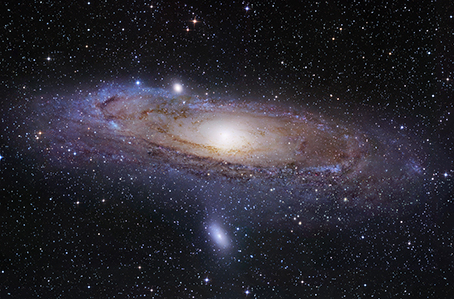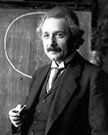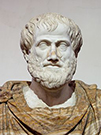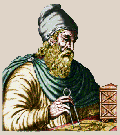Short Summary of Research Fields
Today we know that our physical world is made of smallest components, much smaller than atoms, and ruled by the interactions between them.
But we have many open questions, e.g.:
-
Are the smallest components of our physical world more like particles or like vibrating strings?
-
Is our world 3-dimensional and filled with particles or could it be 4-dimensional and populated by vibrating strings?
-
Or are both valid descriptions of the same physical reality?
A deeper knowledge about the interactions is essential for finding the right answers.
We know about four interactions or forces: the strong, the electromagnetic, the weak and the gravitational interaction.
The strong and weak forces act only at very short distances, and are responsible for the interactions between the smallest components.
The electromagnetic force acts between electric charges,
and the gravitational force acts between masses.
Physicists discovered similarities between the forces and found out that they are part of one big family. Only gravity resists the unification. Up to now it was not possible to fathom the explicit relationship – but it must be there.
GATIS scientists think that the relation is provided by string theory - an idea, physicists are developing since the 1960s. Thus our world might be composed from string-like rather than point-like objects.
This may sound a bit crazy but it has one big advantage over the usual point particle models: Strings can incorporate gravitational physics in a way that remains valid down to the smallest scales that are ruled by the laws of quantum physics.
Aristotle and Archimedes, Isaac Newton and Albert Einstein are among the scientists who paved the way to our current understanding of nature with their physical and mathematical insights.
Albert Einstein during lecture (Vienna, 1921)
Source: Musée d'Histoire de Berne
Author: Ferdinand Schmutzer (1870–1928)







